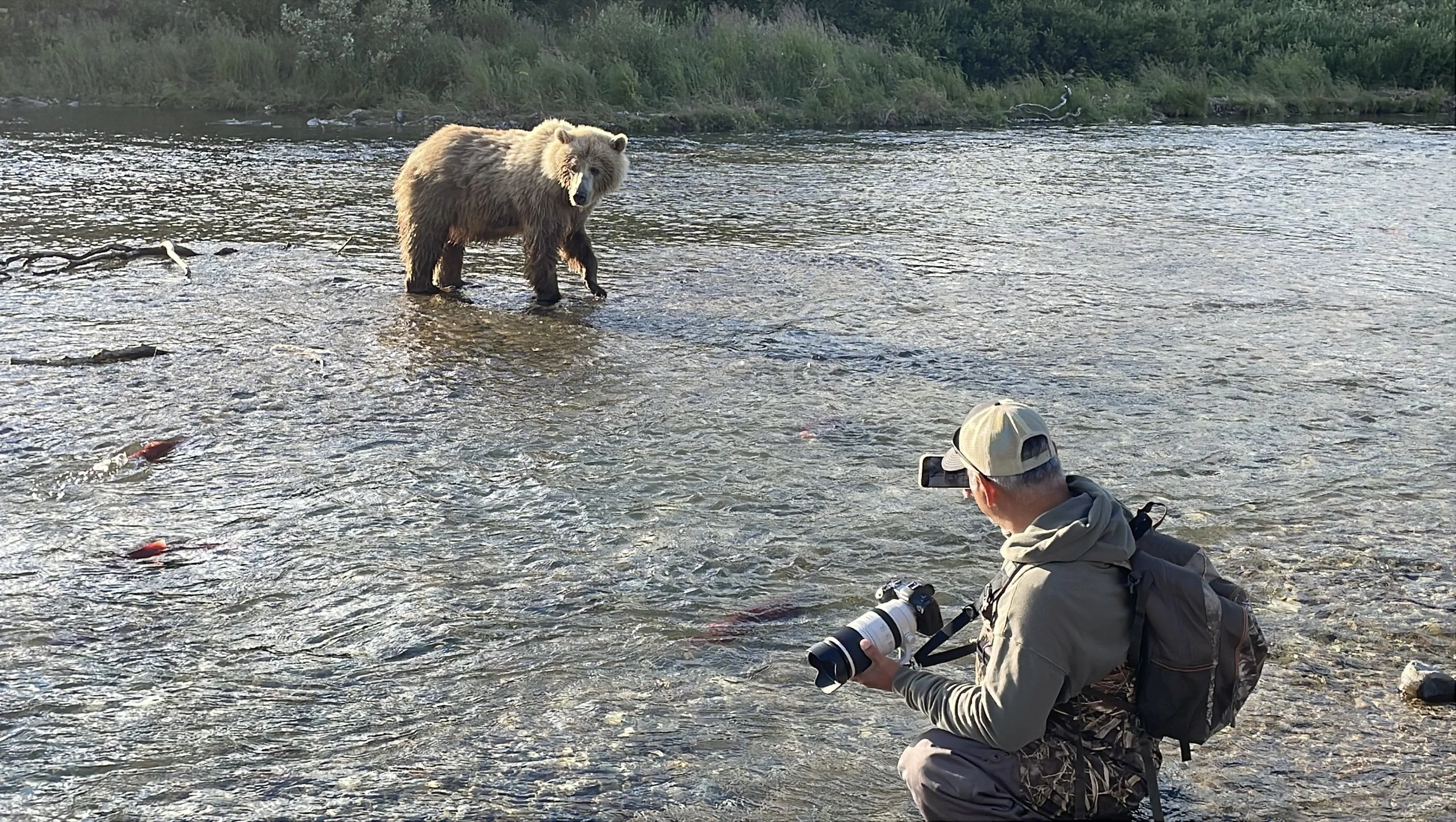As I prepare to wrap up the 2024 season, I am on the boat, motoring out to Tiger Beach as I write this.
The familiar sight of the open ocean and the anticipation of seeing my old friends (the tigers), fills me with excitement and gratitude.
This year has been nothing short of extraordinary. From unforgettable wildlife encounters to the incredible people I’ve shared these adventures with… 2024 has been a season to remember.
I’m deeply grateful for the moments that made it so special—the wildlife, the people, and the experiences that stay with you long after the trips are over.
These final two trips are my chance to soak in every last bit of the magic this year has to offer.
I’m looking forward to sharing what we see out here with all of you—I love bringing a little piece of the wild back to everyone following along.
While I’m excited about the possibilities of a new year and all the adventures to come, right now, I’m focused on savoring these last moments of the season.
Here’s to making the most of 2024’s final days, and to saying goodbye to an unforgettable year.
Stay tuned for updates from the field, and thank you for being part of this journey!





















